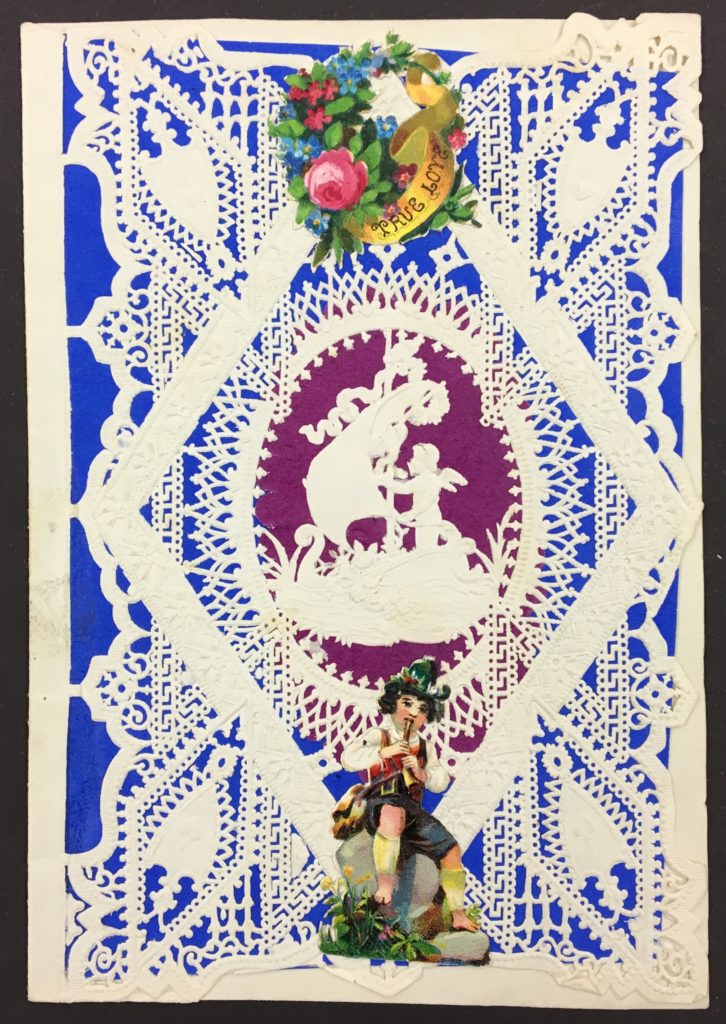
This semester, AAS is partnering with a class from Smith College in Northampton, Massachusetts, as students there learn about the production and popularity of valentines in America. In an upper level colloquium, Professor Laura Kalba and her students are exploring the connections between nineteenth-century print ephemera and the ephemerality of images in the digital era. “Be My Valentine. Ephemera, Ephemerality, and Affect from the Victorian Era to Today” includes two visits to the Antiquarian Society—I will lead one, and the second will be taught by Nan Wolverton, our director of CHAViC—and a classroom visit by AAS Digital Humanities Curator Molly O’Hagan Hardy. The final product will be a student-produced Omeka exhibition on the AAS website.
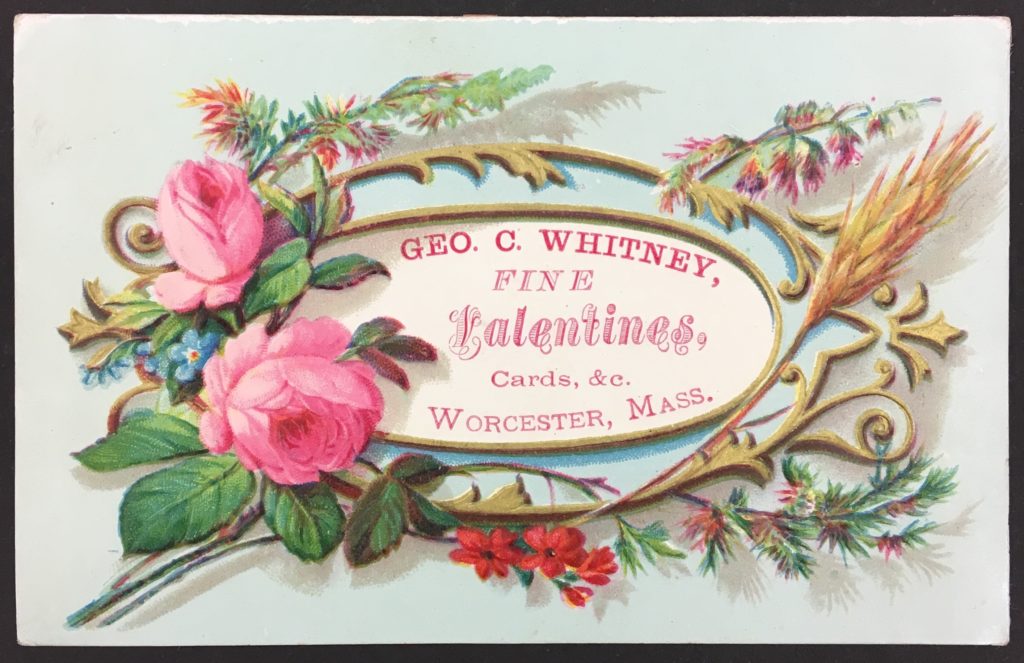
In my role as curator of graphic arts, I was asked to lead the first Worcester session, which is intended to immerse the students in original material. Since we are fast approaching Valentine’s Day, it seemed appropriate to share with a broader audience some of the material I pulled to use with the class. Professor Kalba asked AAS to expose the students to multiple types of ephemera to give them a broader perspective. They will see trade cards for valentine manufacturers and invitations for winter balls and parties. I pulled out examples of flirtation, or escort, cards—small-format ephemeral pieces that skirted social norms of the era by allowing strangers to connect. Broadsides for Valentine’s Day events and activities, like the notice for an 1850 fundraiser (which included oysters and hot coffee) in New Hampshire, combined with illustrations from periodicals like Harper’s Weekly, will help the students build context for the main attraction of the session: the historic valentines themselves.
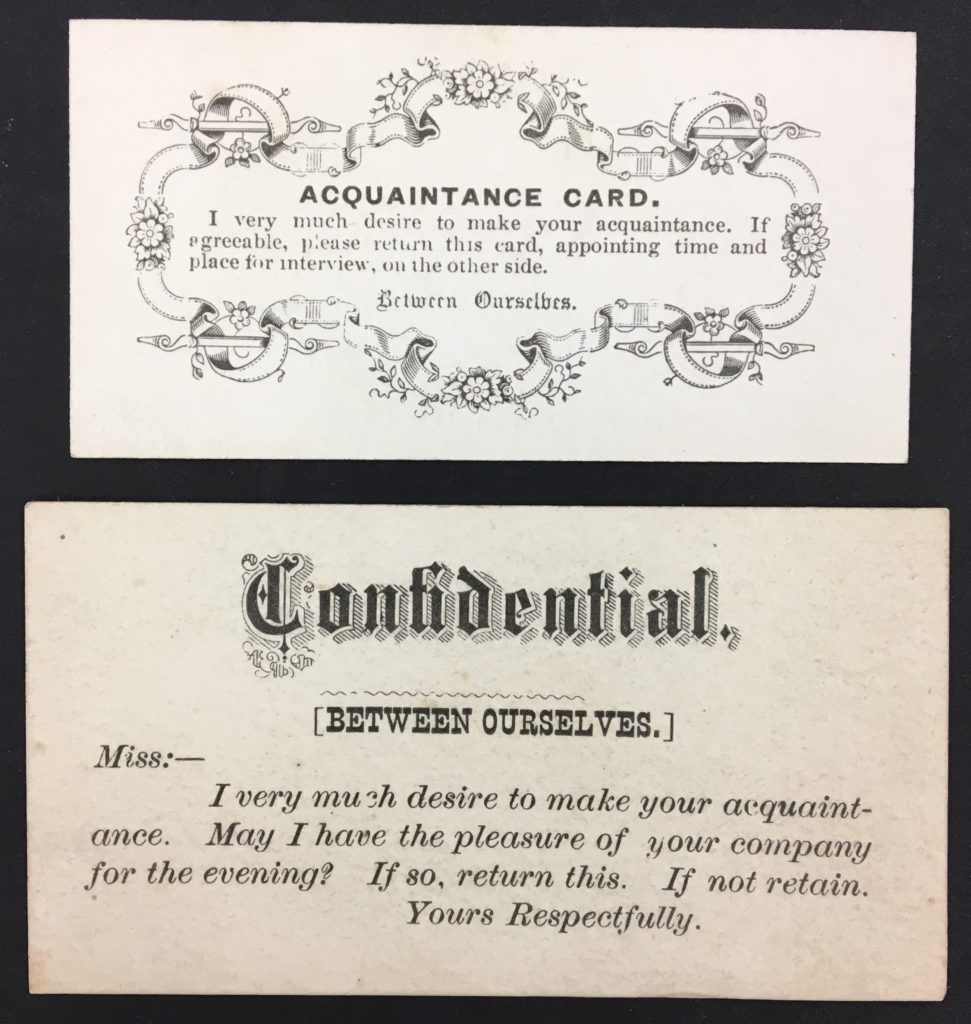

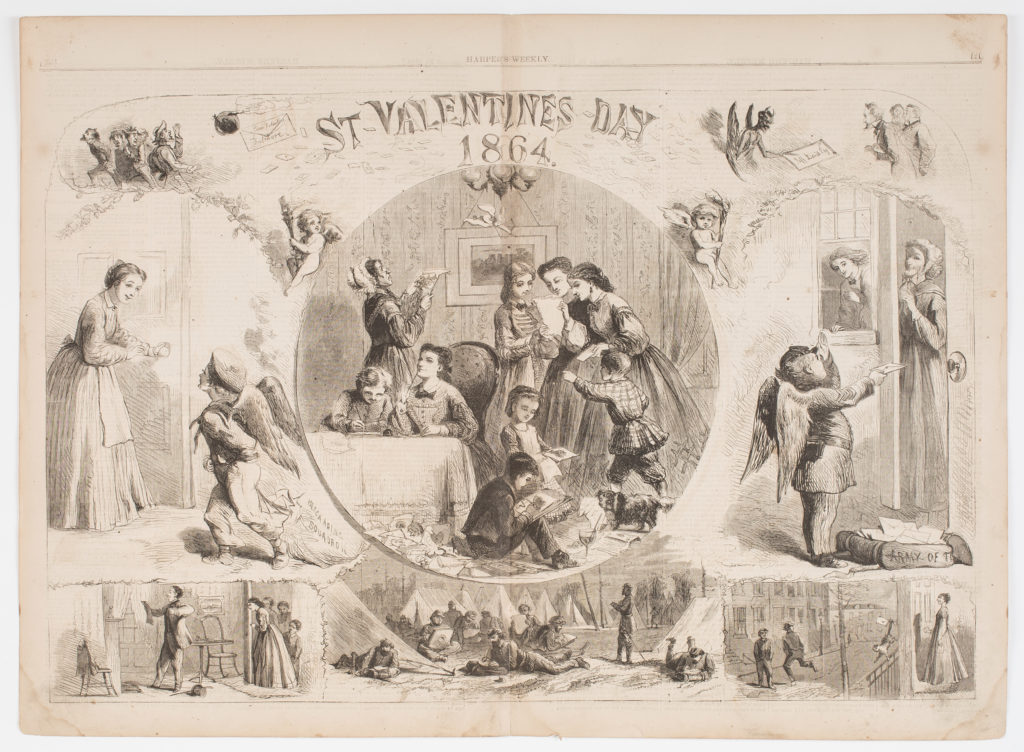
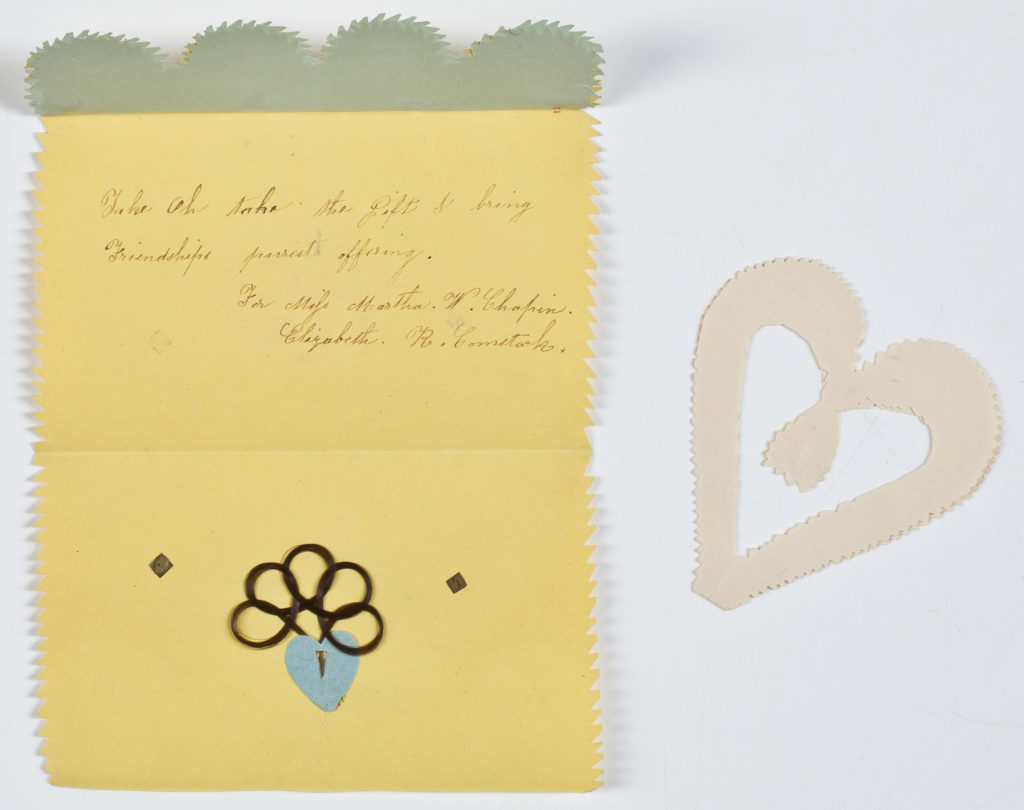
AAS has a collection of three thousand American and European valentines sold in America. The students will have remote access to several subgroups of the collections, which have been cataloged on a collection level and fully digitized, including 139 manuscript valentines, several three-dimensional boxed valentines, and over 150 nineteenth-century comic valentines. This digital access is ideal for long-distance learning and will be integral to the development of the Omeka exhibition, but during their visit to the Society the students will be able to view the actual cards and notes. This includes a handwritten missive with a lock of the sender’s hair; a fancy 1860s boxed valentine that retailed for $1 and was made in Worcester by Esther Howland, the Mother of the American Valentine; and a comic, or vinegar, valentine published in New York. By comparing and contrasting the themes, printing methods, physicality, and sentiments of each of these objects, the students will begin to form themes and conclusions to use in their online exhibition.
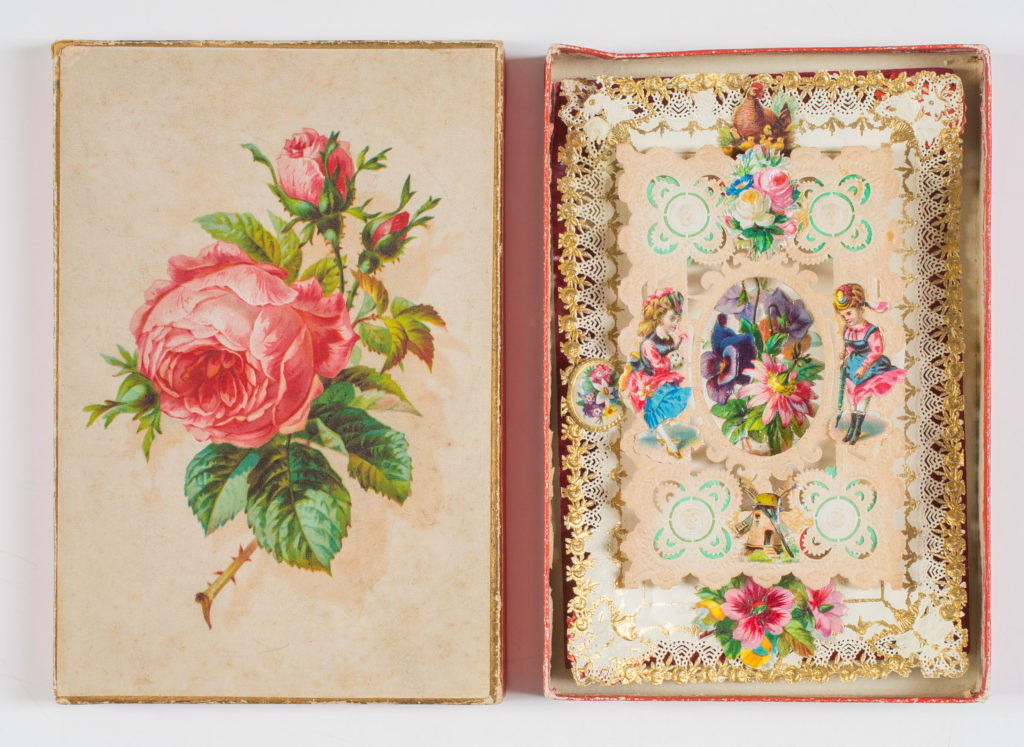
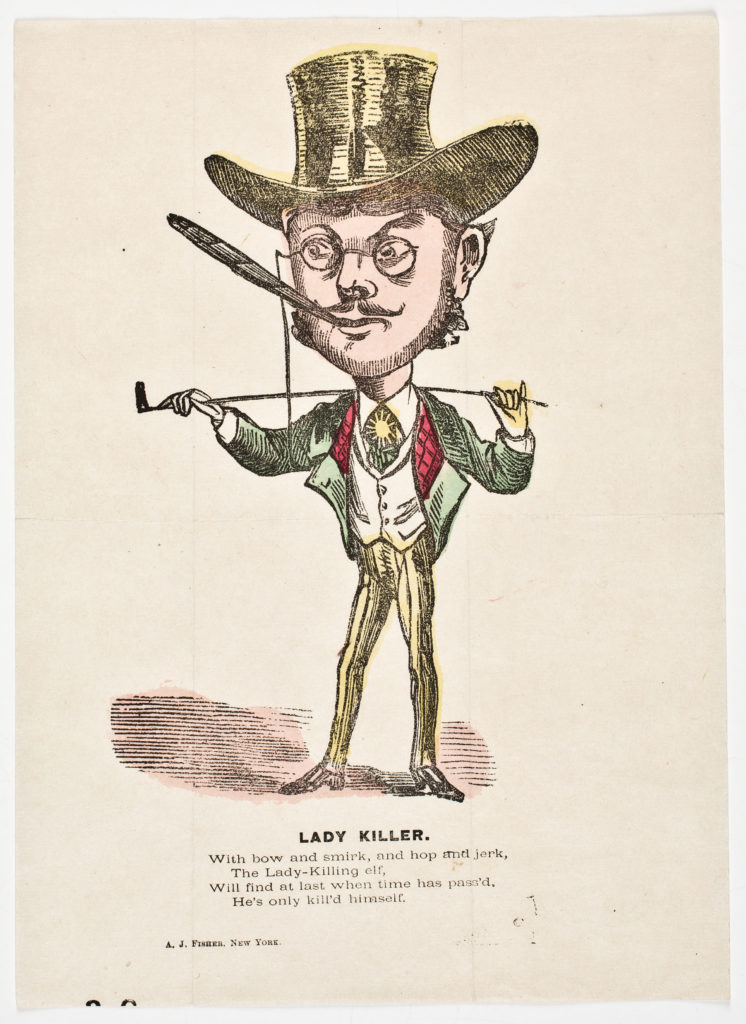
This collaborative project will take place over the next several months and we hope to report our progress here on Past is Present, so stay tuned for updates. Until then, Happy Valentine’s Day from the American Antiquarian Society!
